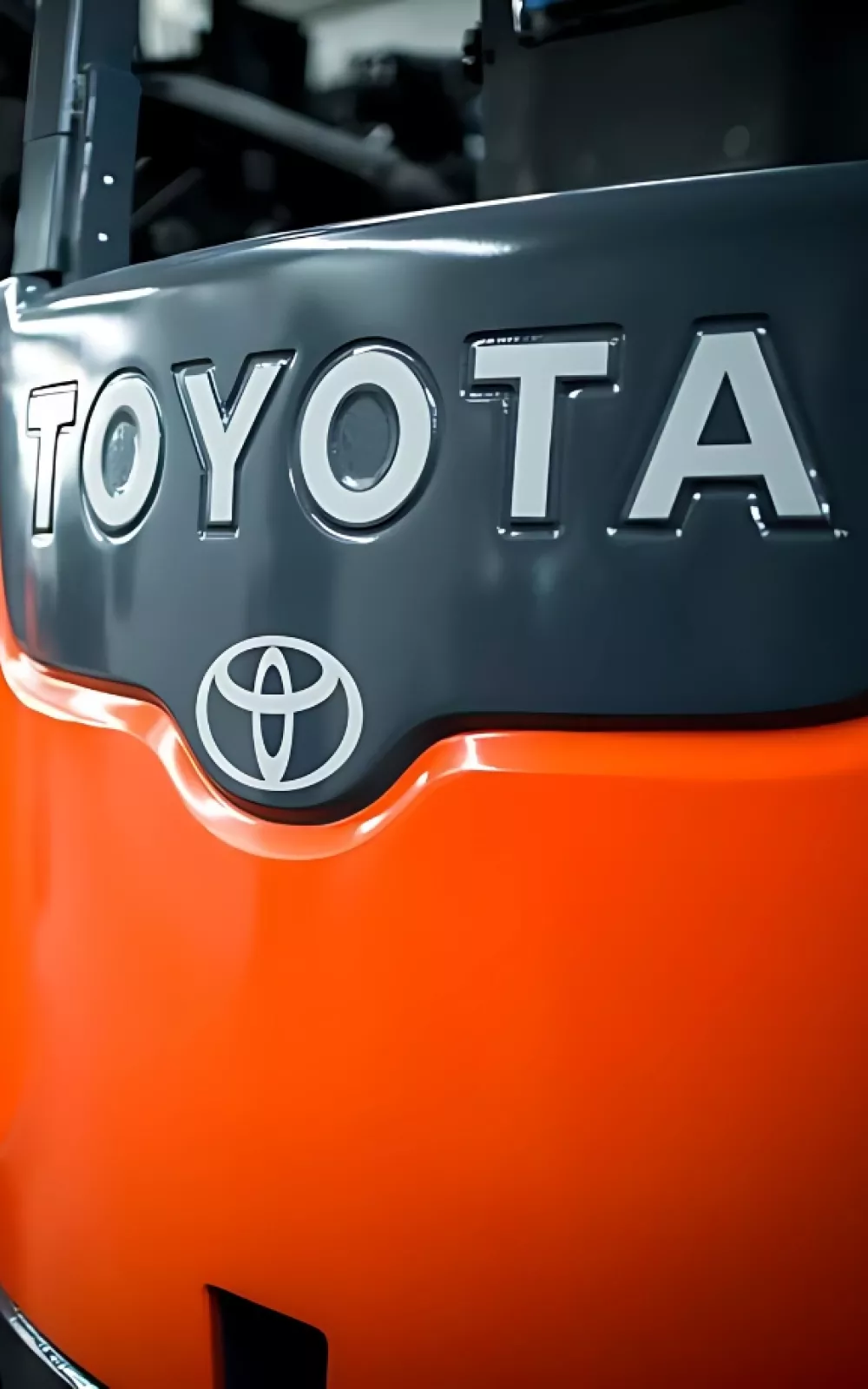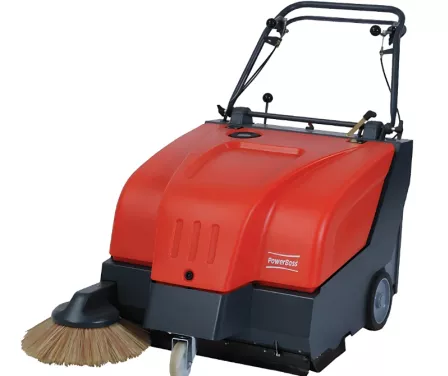Rent
ProLift offers daily, weekly, and monthly rentals. Find the right equipment for maximum productivity and safety.
Let us know how we can assist you! A ProLift specialist will connect with you to help with your material handling needs.

Looking to invest in an industrial floor sweeper? Learn what factors to consider before making a purchase, including the type of debris your facility handles and the frequency of cleaning needed. Discover how the right equipment can improve workplace safety and cleanliness while saving time and labor.

A clean floor is a key indicator of a safer, healthier warehouse environment. While industries like food and medical are required to maintain sanitary conditions, manufacturing and industrial processes often generate dirt and debris. By actively minimizing this debris, companies not only reduce slip and fall hazards but also demonstrate their commitment to safety, impressing both employees and visitors with a well-maintained workplace.
Industrial floor sweepers offer a more efficient cleaning method for warehouses. The equipment’s main purpose is to pick up dust and debris on the warehouse floor. Instead of pushing dirt to the side – something that occurs when using a broom – the industrial floor sweeper vacuums the dust and tosses it into a built-in container. Operation of the equipment is quiet and its lightweight components make it user-friendly for the operator.

The equipment you have may not align with what you need. Collaborate with ProLift sales consultants to review your short- and long-term production goals, budgets, and material handling trends. They’ll provide tailored equipment options and solutions to meet your specific needs.
Knowing the cleaning challenges on your warehouse floor is key to equipment and brush selection. You may be struggling with only materials such as fine dust and broken pallets. However, if you are dealing with the residue of oil and grease, an industrial floor sweeper may not be your full solution.
Some warehouses have an open area but yours may involve obstacles like aisles, docks, parking areas and work bays. Also consider your surface and if it is wet, smooth, rough, etc.
While your warehouse is 5,000 square feet, the industrial floor sweeper may need to clean only 50 percent of this area. For an accurate calculation, decrease it where flooring is covered by work bays, equipment, racking, etc. If you clean aisles, measure the width of the aisles to ensure the equipment can maneuver within the space. Understanding the size of the area will also determine if your operator should use a walk-behind or ride-on model.
For the best productivity results your industrial floor sweeper must maintain a charge during the cleaning. Many models operate on battery; however, some equipment uses gasoline, diesel or liquid propane. To project a return on investment in time-savings, benchmark the current time spent on cleaning the warehouse floor.
A site visit is the first step to determine the best industrial floor cleaning equipment for your application. Schedule an appointment with a ProLift sales consultant.
From equipment and maintenance to replacement parts and safety training, ProLift offers you 360 support. We can also assist you with pallet racking and additional warehouse solutions. Let us know how we can help!

Let us know how we can assist you! A ProLift specialist will connect with you to help with your material handling needs.
